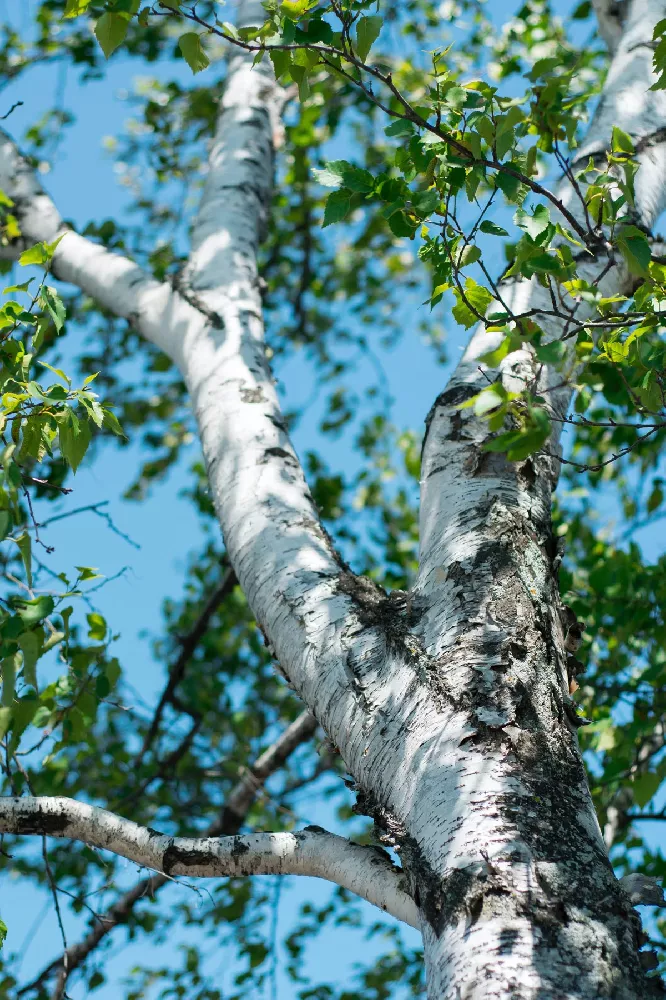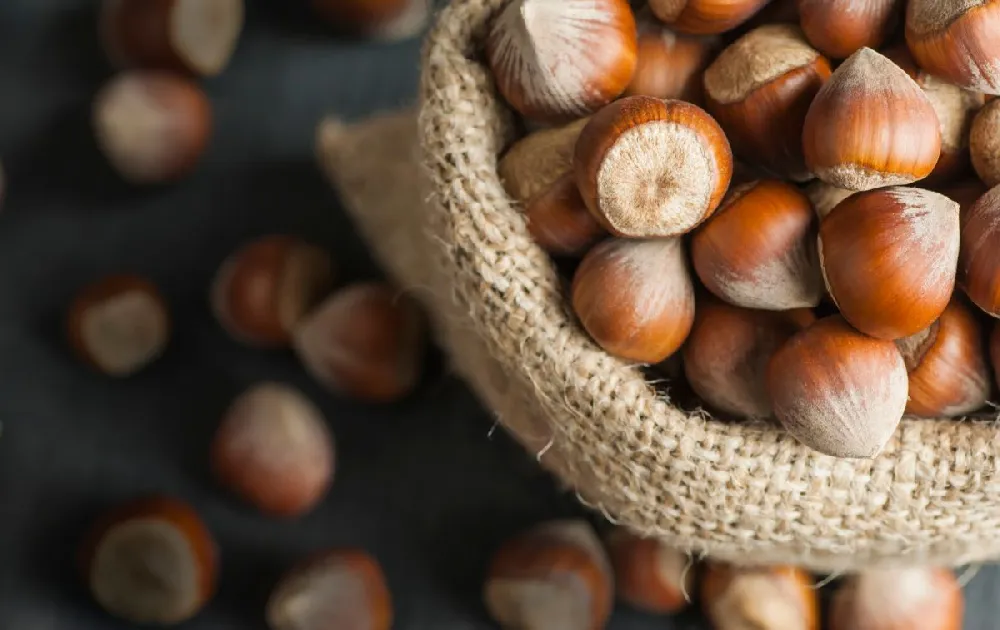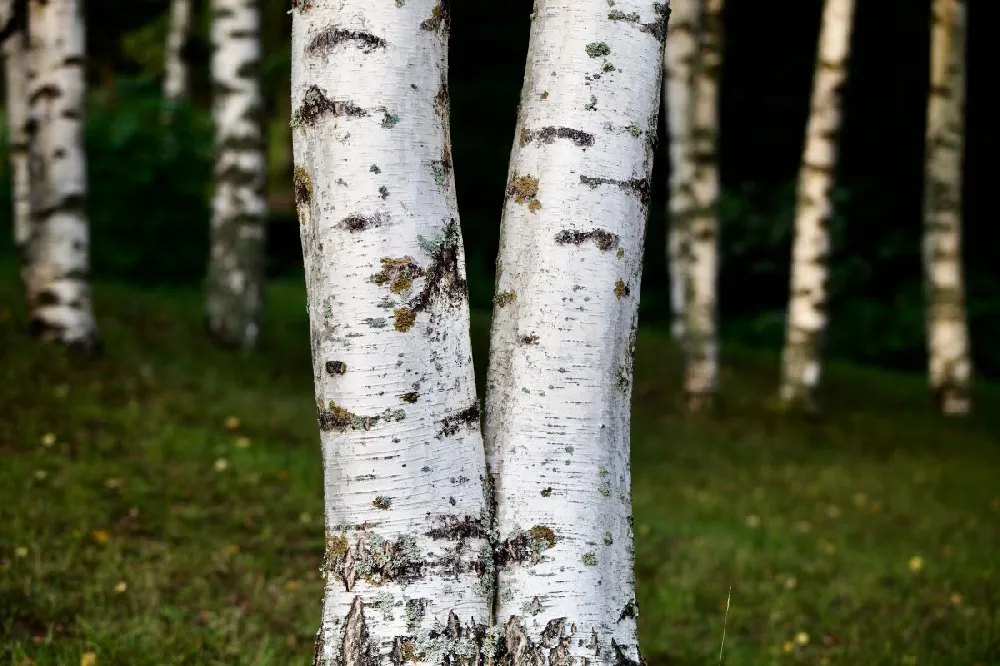- Home >
- Shrubs and Bushes >
- Foliage >
- Dakota Pinnacle Birch
Dakota Pinnacle Birch for Sale - Buying & Growing Guide
- Ships in 1-2 days
- 1-Year Warranty Eligible
- Pots or accessories are not included unless specified in the product options.
Shipping Details:
Once your order is shipped, you’ll receive an email with a tracking number and estimated delivery date. Most orders ship immediately, but some items are seasonal and may only ship in spring or fall. These products are noted on the website.
Shimmering yellow fall foliage and a stark white bark give the Dakota pinnacle birch an unmatched beauty, while cold hardiness and fantastic adaptability to different growing locations make it easy to care for. This species, called Betula platyphylla 'Fargo', also boasts a neat and narrow form that tapers to a distinct point at the top of the canopy. With a maximum height of just 30 feet, this tree proves to be one of the best ornamental planting options for homeowners in nearly any hardiness zone. Here are some things to love about the Dakota pinnacle birch:
- Vibrant yellow fall color.
- Striking white branches form a narrow and pointed growth habit.
- Hardy in cold climates and adaptable to many types of soil.
Plant Care
Sunlight

Survives in both full and partial sunlight.
Watering
Water needs are low after establishment. Give supplemental watering during prolonged droughts.
Fertilizing

Fertilize with a nitrogen-rich blend once or twice per year (in the spring and possibly in the fall).
Planting and Care
Planting instructions
The Dakota pinnacle birch can adapt to many different soil conditions, including sandy, rocky, and loamy soils, which makes choosing a planting location quite easy. As long as the place where you grow this plant receives at least 4hours of sunlight and has decent soil moisture and drainage, you will likely have success. You also won’t need to worry about overcrowding with this plant as its spread remains relatively narrow even when mature. During planting, make sure to give plenty of water and finish the job with a healthy layer of mulch for the best results.
Watering and nutrients
Dakota pinnacle birch trees enjoy soil that has consistent moisture. However, in most cases, you’ll only need to water this plant when it is young. Once this cultivar has become established, it will have a tremendous capacity to survive without supplemental water. The only time you may need to give water is in cases of extreme drought. A single application of fertilizer in the spring — with another optional feeding in the fall —will keep this plant thriving.
Pollination
Like all members of the birch tree family, the Dakota pinnacle birch is monoecious, holding male and female flowers on a single plant. During the spring season, the male flowers will release their pollen, which enters the air and floats until it reaches a female flower. When pollination occurs, an unremarkable fruit will develop. Since these fruits don’t offer ornamental value and people don’t eat them, pollination should not be a concern when growing this plant.
Pruning
It is good to refrain from pruning the Dakota pinnacle birch or any other birch) during the early spring before the leaves have arrived. Like many other tree species, birches have sap that runs through their trunks and branches early in the season. If you cut them during this time, the sap will bleed, causing damage to your tree’s health. To avoid this problem, prune in late spring or fall instead. Pruning can also be minimal for the Dakota pinnacle birch variety as it has a naturally attractive form.
Pests, diseases, and animals
Like many birches, the Dakota pinnacle birch is at risk of infestation from aphids, leaf miners, and other insects. One of the most formidable threats to birches is the bronze birch borer. Thankfully, the Dakota pinnacle birch shows a strong resistance to this pest, which is a contrast to most other birches. Outside of pest infestations, the Dakota pinnacle birch can contract diseases including dieback and canker, though these problems are not incredibly common.
Achieving maximum results
While the Dakota pinnacle birch tree is both adaptable and resilient, some growing regions are more advantageous for this plant than others. Typically, this tree grows best where the climate is cold, and the ground receives some consistent snow coverage during the winter. In the warmer parts of this plant’s range, it can struggle somewhat with the heat. If you live in such areas and want to plant this tree, it’s best to provide some shade to keep the tree cooler during the warmest parts of a summer day.
FAQs
How long do birches live?
Compared to other plant species, birch trees often don’t live very long. It's common for these trees to survive for around 40 years before they begin to decline. This shorter life tends to be true of birches that live in the wild and those that grow in gardens. Birches that grow in yards usually have an even shorter lifetime even when they get the right care. At times, ornamental birches may last no more than 20 years, depending on the variety.
How fast does the Dakota pinnacle birch grow?
The Dakota pinnacle birch tree can have a medium to fast growth rate, depending on the conditions in which it grows and how you care for it. In some instances, this tree may add as much as 4 feet of new growth in a season. This growth amounts to a full size of 30 feet tall in fewer years than you might expect. Sometimes, it takes less than a decade for the tree to reach its maximum size.
How far from a house can you plant a birch?
Birches may not be the largest trees in the landscape, but they do need ample spacing from houses and other important structures on your property. The main reason for this distancing is that birches can have strong, spreading root systems that may interfere with foundations. If you want to avoid this damage, plant your Dakota pinnacle birch at least 25 feet away from your home.
Compare Similar Products
You can't add more Product Name - Product size to the cart.
OK









